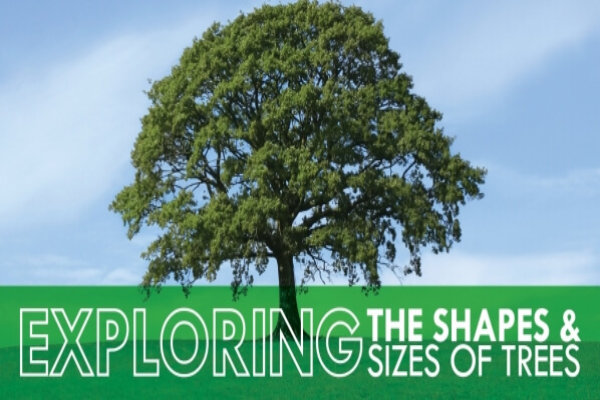
The Grounds Guys explain how tree shapes and sizes impact landscaping choices.
|
Last Updated August 1, 2023
A comprehensive home or business design includes not only the structural architecture and interior design but also the landscape architecture. Trees form the backbone of a well-designed landscape and paint three-dimensional works of art onto a living canvas. Regardless of the size and shape of your property, there's a tree that's a perfect fit for your yard. Let the professionals at The Grounds Guys® take you on a virtual exploration of tree shapes and sizes.
Table of Contents:
Tree Sizes
Trees are placed into three broad categories by size:
Small
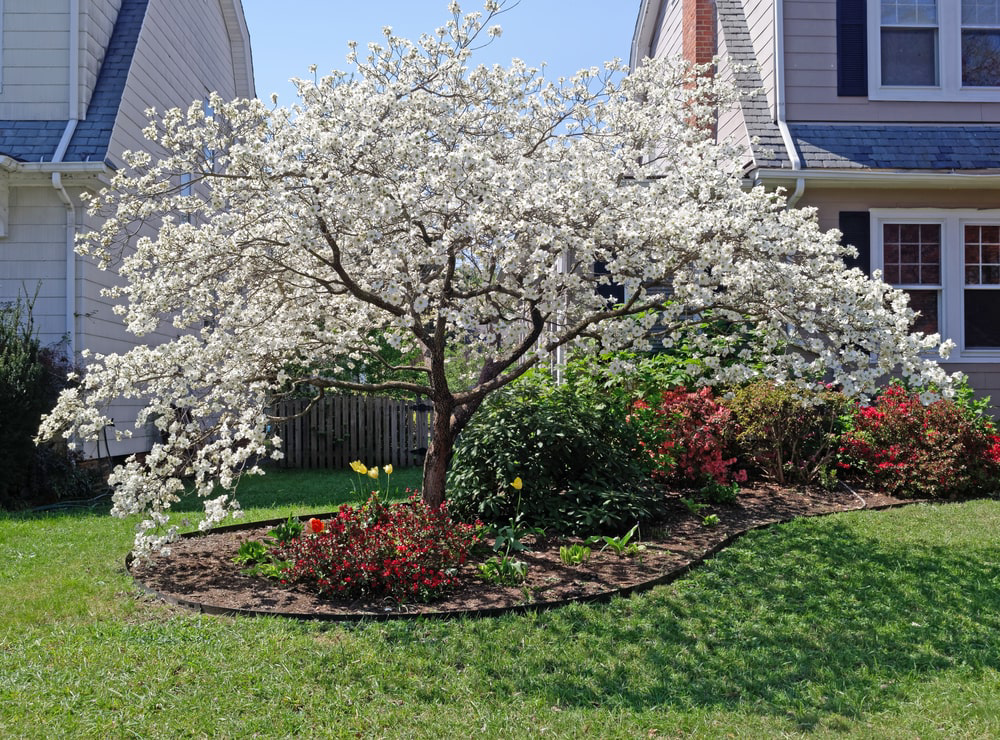
Trees that typically stay under 25 feet over their lifetime. Good for small lots or as accents in the landscape. Dogwood (Cornus spp.) and Eastern redbud (Cercis canadensis) are small trees with spring color. Dogwood has colorful bracts and Eastern redbud is awash with colorful flowers before it leaves out in spring.
Medium
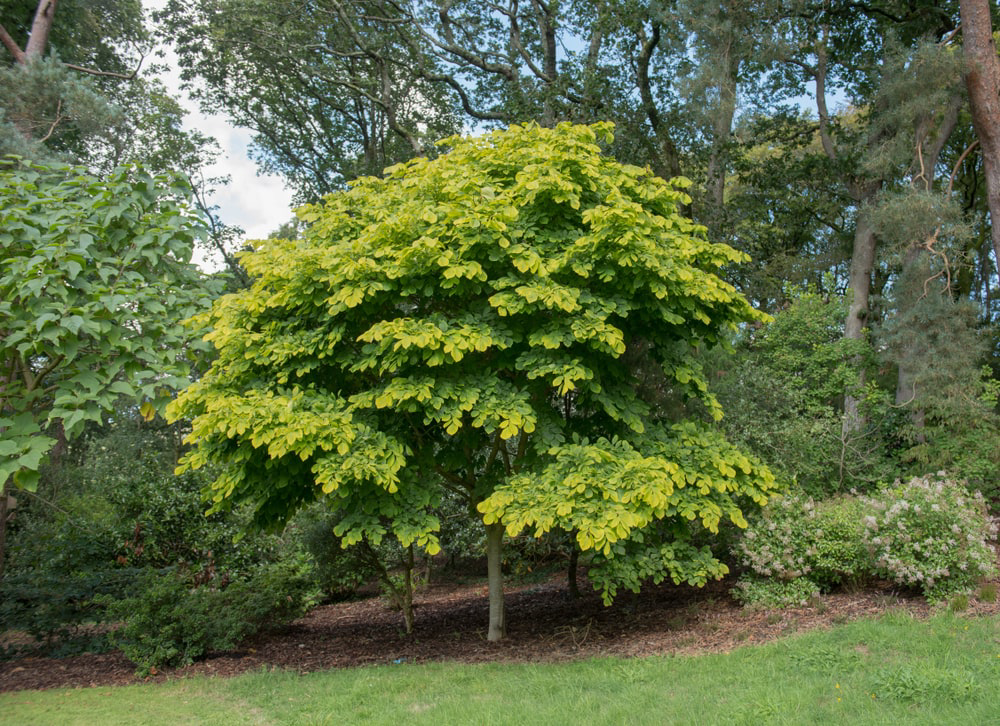
Trees with mature heights no greater than approximately 40 feet. Two native tree choices are American horn bean (Carpinus caroliniana) and American yellowwood (Cladastris spp.).
Large
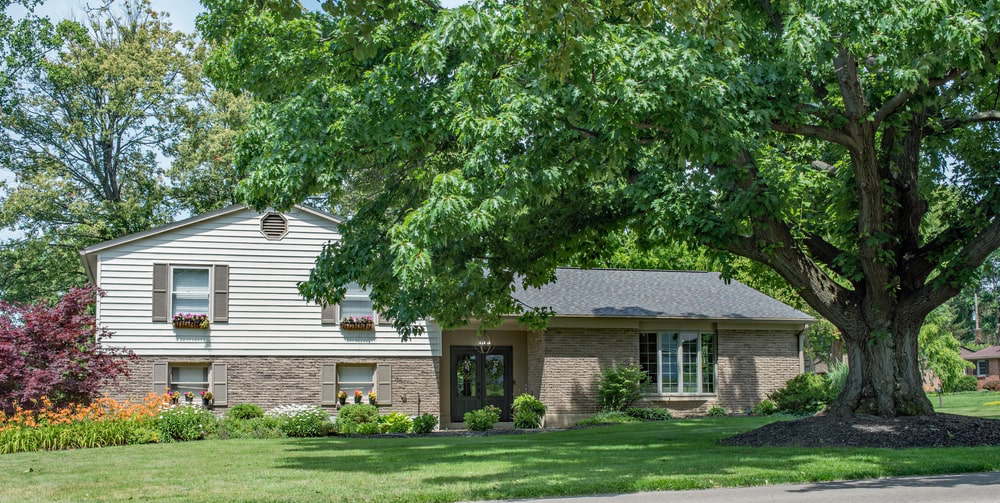
Trees that grow more than 40 feet tall, with some reaching heights up to 100 feet. Be sure to provide plenty of room for tulip tree (Liriodendron tulipifera) and live oak (Quercus virginiana).
Tree Shapes
Tree shapes are diverse, such as these types with examples in each category:
Round
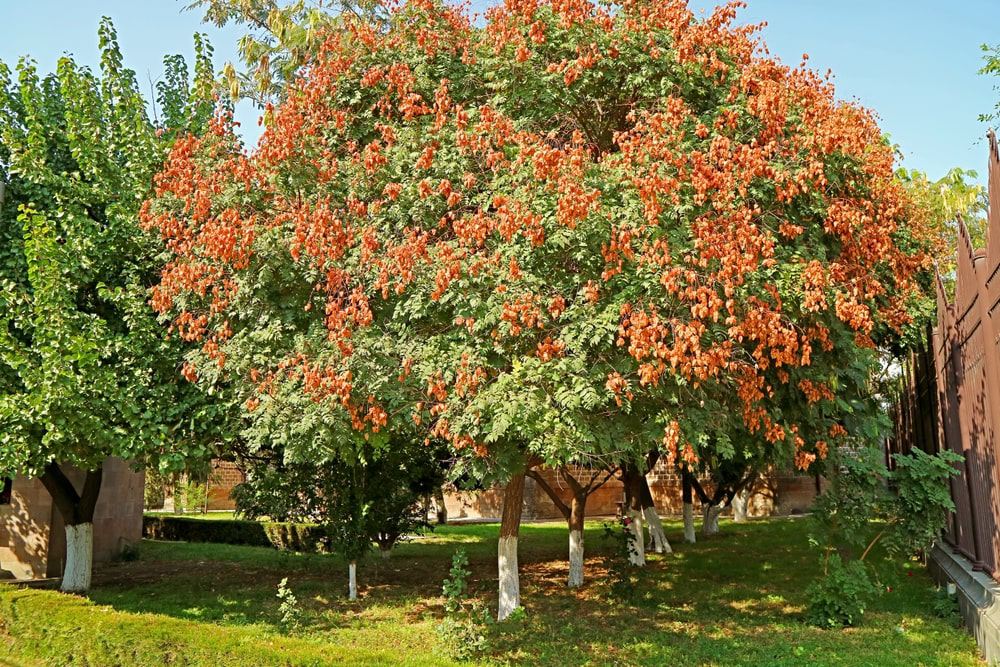
Red maple (Acer rubrum) and golden rain tree (Koelreuteria paniculata)
Oval
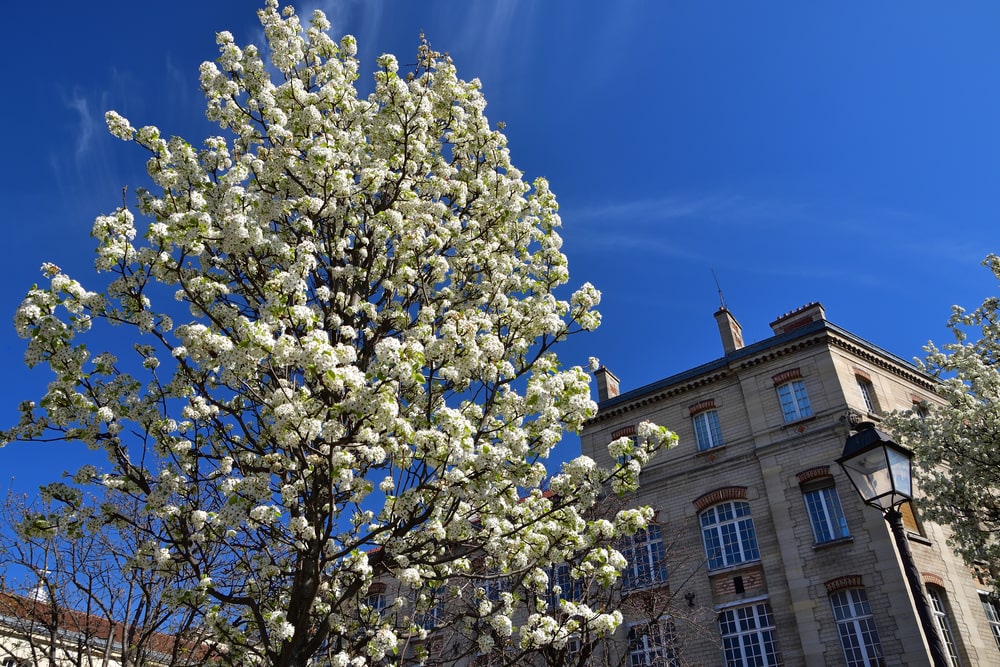
Callery pear trees (Pyrus calleryana 'Cleveland Select').
V- or Vase-Shape
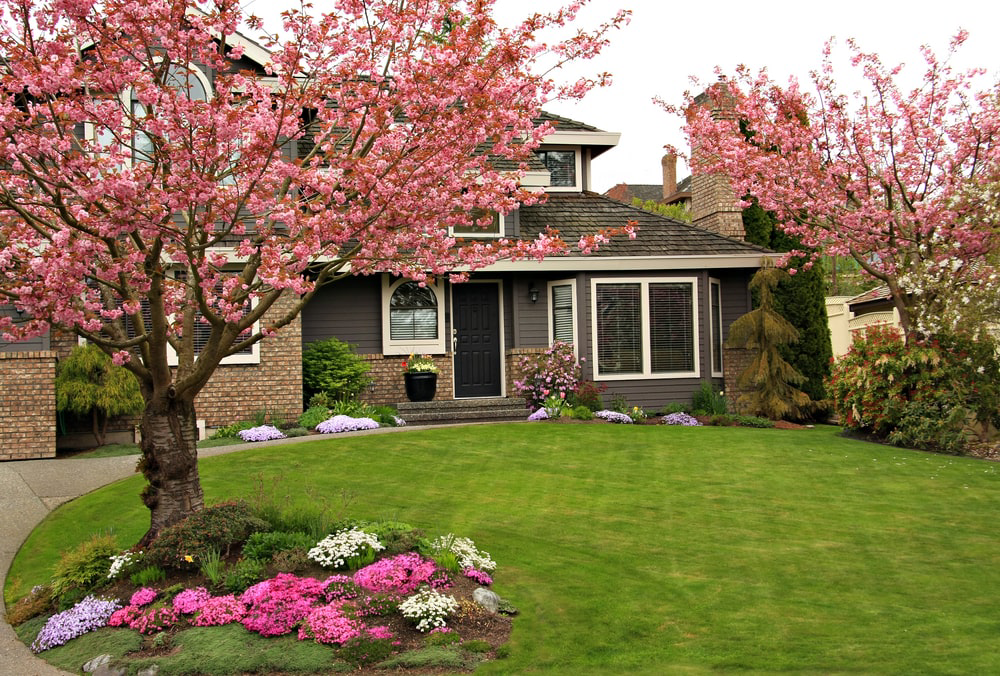
Trees that are wider at the top than at the base, which look like fluted vases. Cherry and plum trees (Prunus spp.) are spring-flowering trees with vase shapes.
Triangle
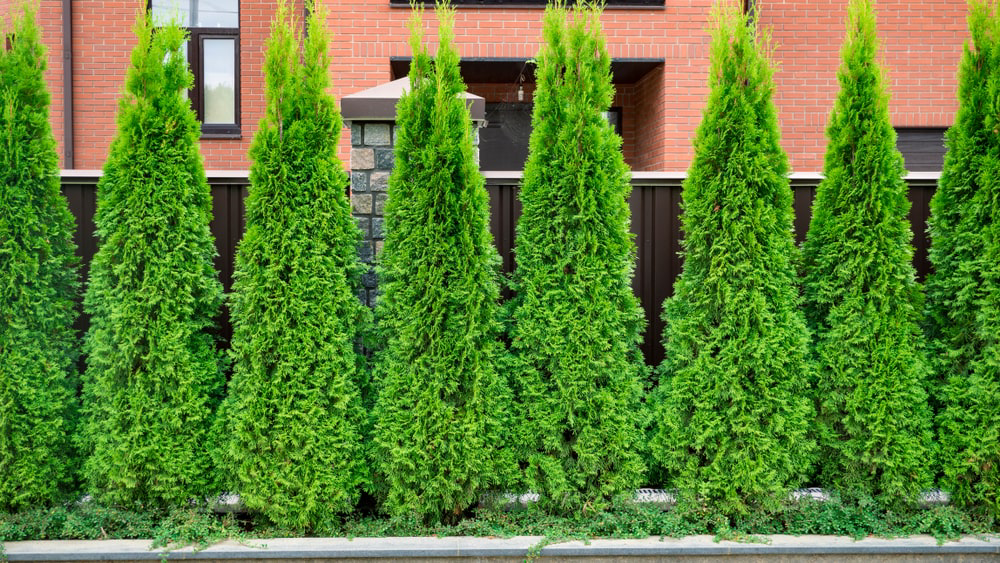
Think of an Egyptian pyramid. Many evergreen trees are triangular, such as arborvitae (Thuja spp.) and cypress (Cupressus spp.)
Rectangle
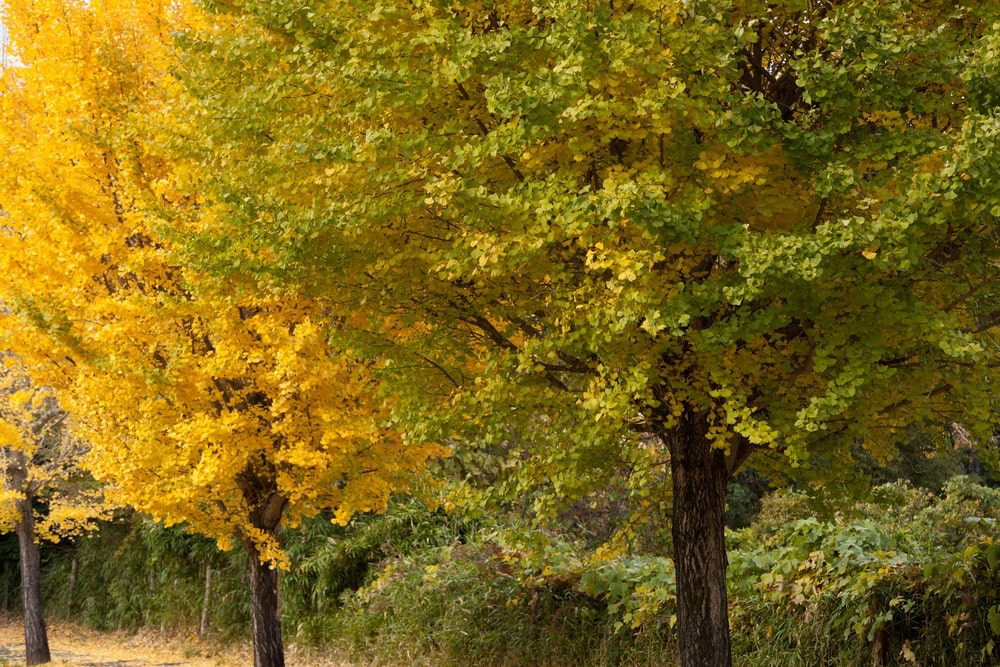
Tall and narrow, with a columnar shape: Columnare red maple (Acer rubrum 'Columnare') and maidenhair tree (Gingko biloba)
Weeping
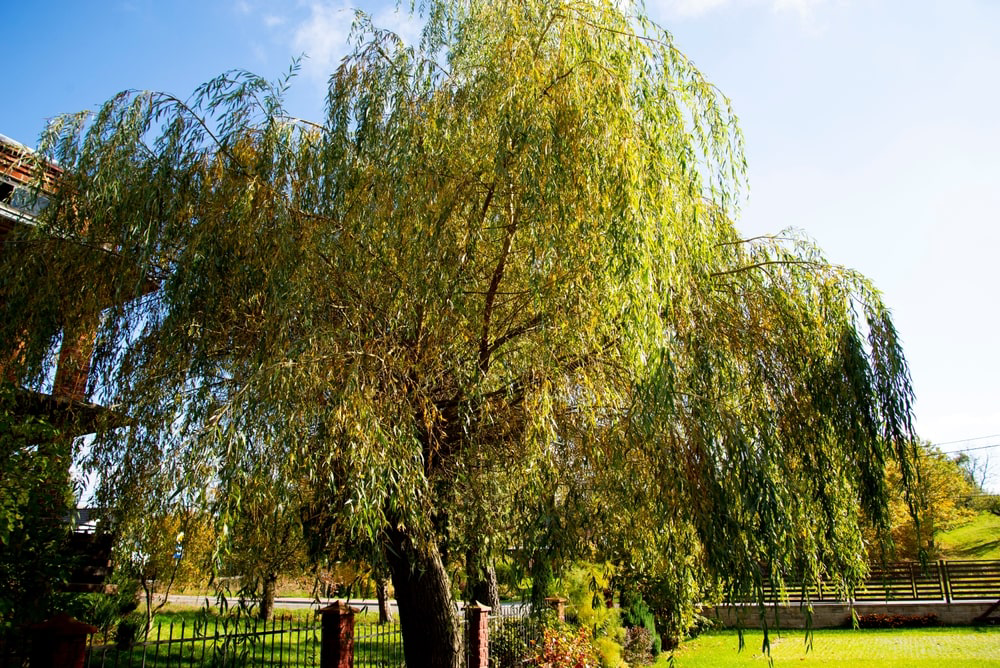
Tree shapes with branches that cascade down. Weeping cherry (Prunus subhirtella) and weeping willow (Salix babylonica) have similar forms, but dissimilar root tendencies. Weeping cherry roots are not invasive, but weeping willow roots can be a problem, so plant willow away from sewer pipes.
Umbrella
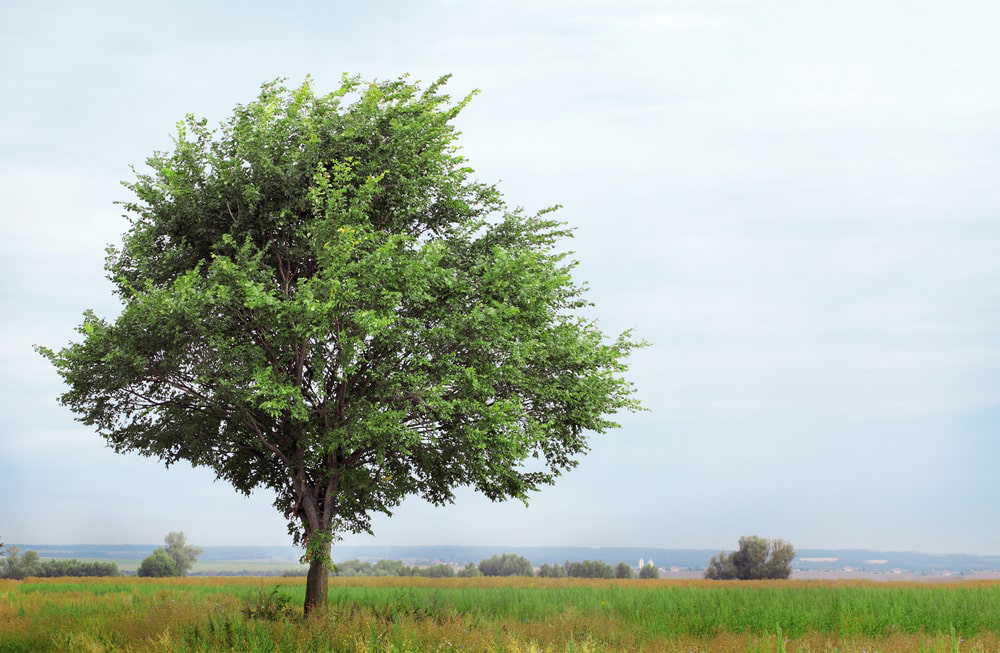
Exactly what it sounds like, umbrella-shaped trees have a wide canopy, such as chaste trees (Vitex agnus-castus) and disease-resistant elms, such as (Ulmus americana 'New Harmony').
Tips for Incorporating Tree Shapes and Sizes into Your Landscape
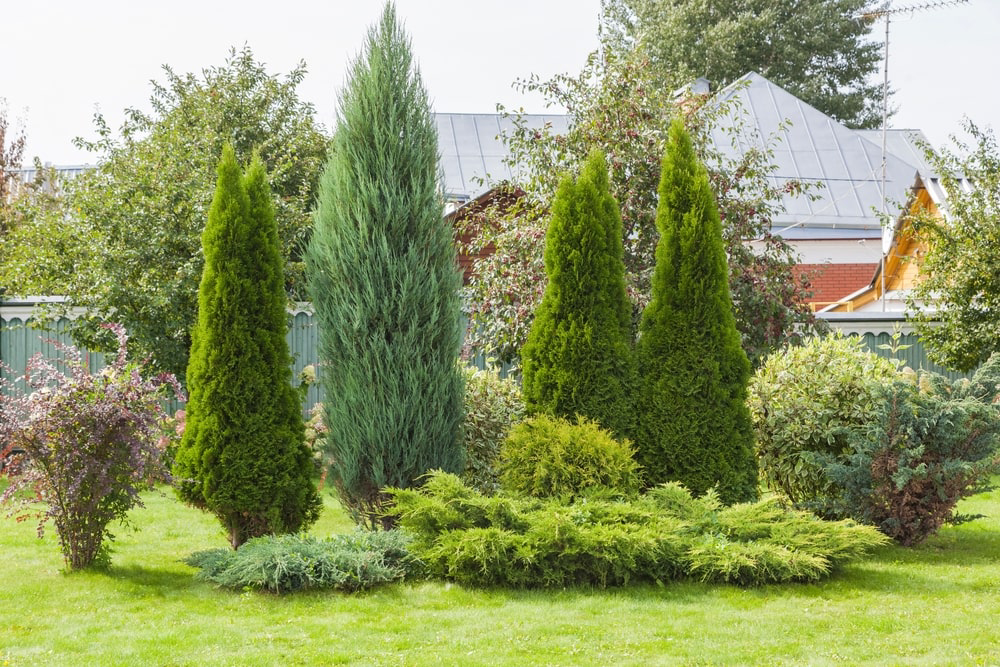
Vision: Make your design plan with the mature tree sizes—heights and widths—of your landscape trees in mind. What's a small sapling now may grow so tall that it interferes with overhead power lines.
Balance: Keep things balanced by choosing trees that are proportionate in scale to your home or business.
Framing: Planted diagonally away from the corners of your building, the right tree shapes provide the frame that complements your home or office.
Background: If the view over your rear property line is unsightly, choose tall columnar trees to provide a green privacy screen.
Foreground: Don't overwhelm the front of your home or office by choosing tall trees that dominate the entrance. Soften this space with smaller or offset trees.
Focal Point: A specimen tree is one that draws the eye toward it. Choose one with exfoliating bark, colorful leaves, or a weeping form. And if you get a really creative itch, consider an espaliered tree as a unique focal point.
Professional Tree Services from The Grounds Guys®
With so many tree sizes and shapes to consider, don't get overwhelmed with the choices for your property. Count on The Grounds Guys for advice and suggestions of which ones will work best in your landscape. And if you just need help with proper tree pruning techniques to get that perfect tree shape, we've got your back.
Contact The Grounds Guys to request a free estimate for expert tree maintenance services at your home or business.